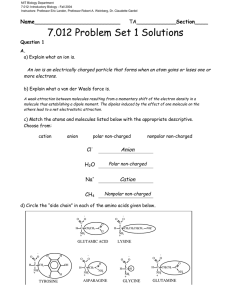South Pasadena · AP Chemistry
advertisement
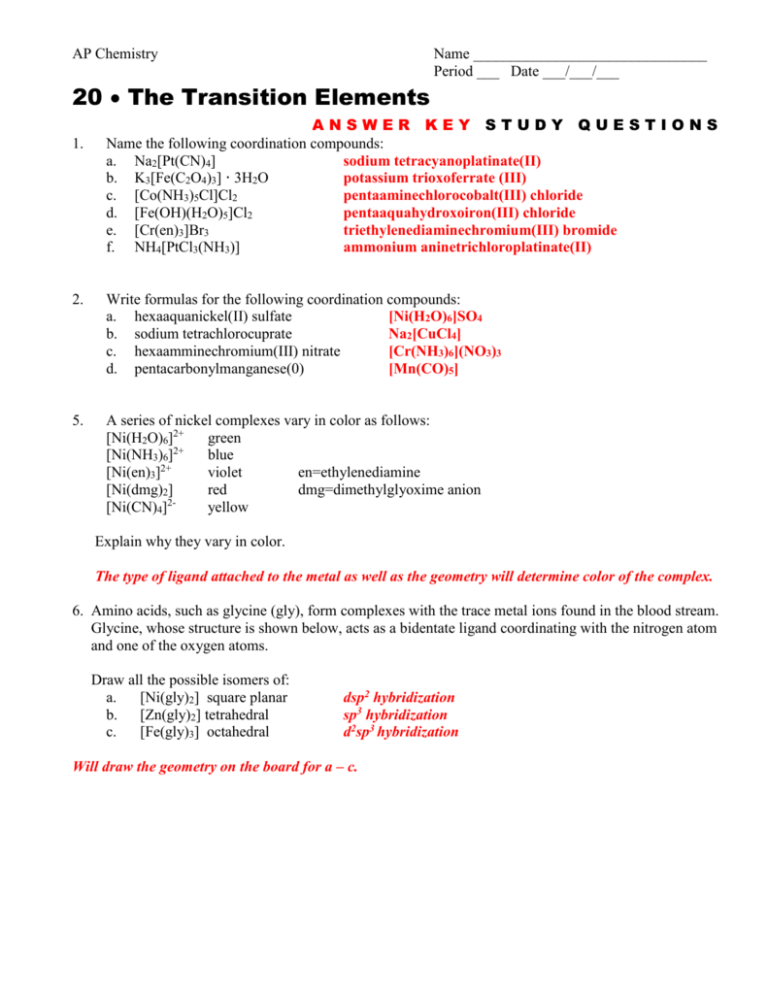
AP Chemistry Name _______________________________ Period ___ Date ___/___/___ 20 The Transition Elements 1. ANSWER KEY STUDY QUESTIONS Name the following coordination compounds: a. Na2[Pt(CN)4] sodium tetracyanoplatinate(II) b. K3[Fe(C2O4)3] · 3H2O potassium trioxoferrate (III) c. [Co(NH3)5Cl]Cl2 pentaaminechlorocobalt(III) chloride d. [Fe(OH)(H2O)5]Cl2 pentaaquahydroxoiron(III) chloride e. [Cr(en)3]Br3 triethylenediaminechromium(III) bromide f. NH4[PtCl3(NH3)] ammonium aninetrichloroplatinate(II) 2. Write formulas for the following coordination compounds: a. hexaaquanickel(II) sulfate [Ni(H2O)6]SO4 b. sodium tetrachlorocuprate Na2[CuCl4] c. hexaamminechromium(III) nitrate [Cr(NH3)6](NO3)3 d. pentacarbonylmanganese(0) [Mn(CO)5] 5. A series of nickel complexes vary in color as follows: [Ni(H2O)6]2+ green [Ni(NH3)6]2+ blue 2+ [Ni(en)3] violet en=ethylenediamine [Ni(dmg)2] red dmg=dimethylglyoxime anion 2[Ni(CN)4] yellow Explain why they vary in color. The type of ligand attached to the metal as well as the geometry will determine color of the complex. 6. Amino acids, such as glycine (gly), form complexes with the trace metal ions found in the blood stream. Glycine, whose structure is shown below, acts as a bidentate ligand coordinating with the nitrogen atom and one of the oxygen atoms. Draw all the possible isomers of: a. [Ni(gly)2] square planar b. [Zn(gly)2] tetrahedral c. [Fe(gly)3] octahedral dsp2 hybridization sp3 hybridization d2sp3 hybridization Will draw the geometry on the board for a – c.

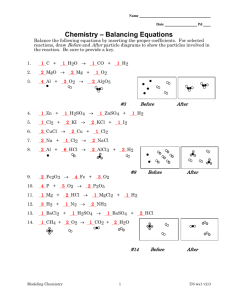
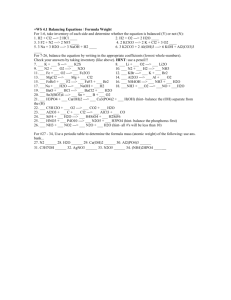
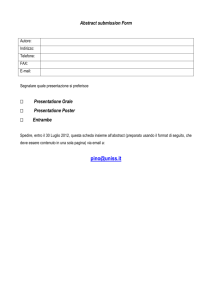


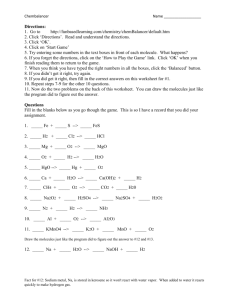

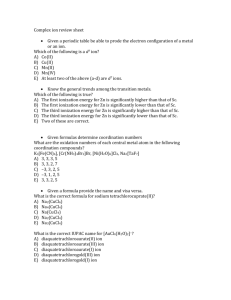
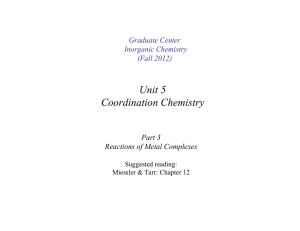

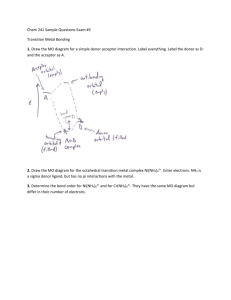
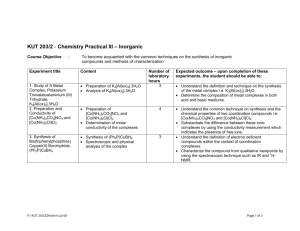
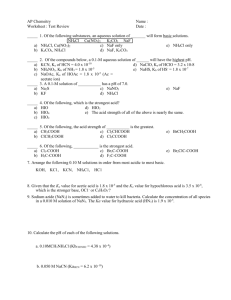

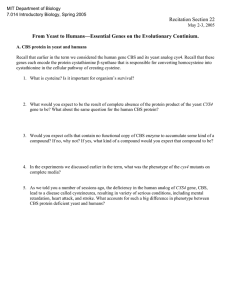
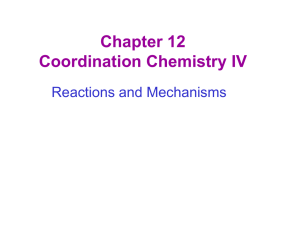
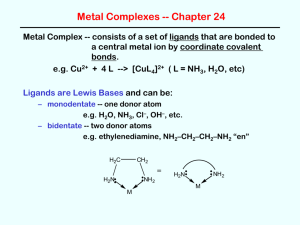
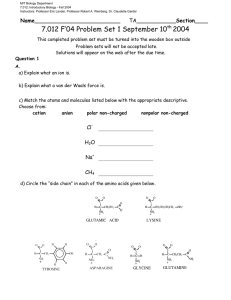

![Practice Work Sheet :-1 [Chemistry –XII {CBSE}]: -CH](http://s3.studylib.net/store/data/008635007_1-de6c1b8d5d5e0bacf5c03f5e5d601818-300x300.png)
